Antimicrobial Resistance in Wastewater Treatment Processes
Antimicrobial resistance is arguably the greatest threat to worldwide human health. This book evaluates the roles of human water use, treatment and conservation in the development and spread of antimicrobial resistance. Designed as a companion volume to Antimicrobial Resistance in the Environment (Wiley-Blackwell, 2012), this book is a multi-disciplinary synthesis of topics related to antimicrobial resistance and wastewater treatment processes. Antimicrobial Resistance in Wastewater Treatment Processes assembles detailed discussions written by many of the world's best-known experts in microbiology, civil engineering, chemistry, environmental science, public health and related fields. The book presents a collection of subjects that includes: Current knowledge of the role of the environment in development and spread of antimicrobial resistance Chemical analysis of antibiotics in environmental samples Molecular methods for analysis of antimicrobial resistance genes Advanced wastewater treatment processes and antimicrobial resistance effects Public perception of risk related to health consequences of antimicrobial resistance Public health implications of antimicrobial resistance with focus on wastewater treatment processes Antimicrobial resistance has gained a foothold in the global consciousness as a serious public health threat. There is a much greater appreciation for the role of the environment in the dissemination of antimicrobial resistance and the effects of pollutants that can potentially promote development of resistance in bacteria. Contaminants released from wastewater treatment plants are a concern. In Antimicrobial Resistance in Wastewater Treatment Processes, readers will be guided through examinations of the current science related to this important health issue.
{{comment.content}}
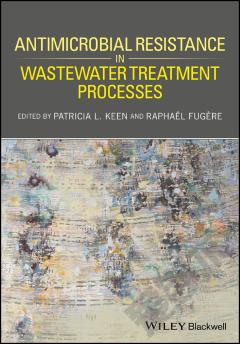

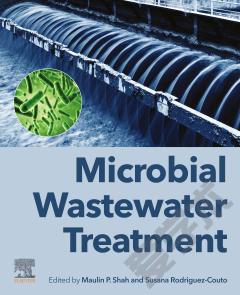

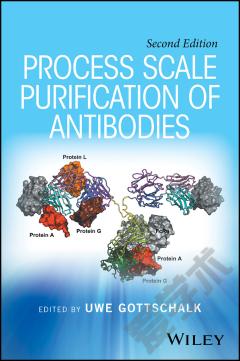
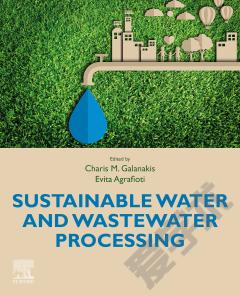
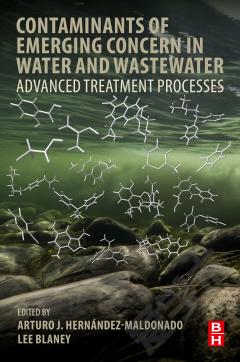

 京公网安备 11010802027623号
京公网安备 11010802027623号